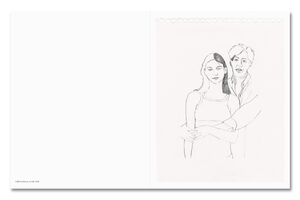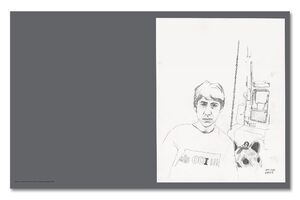Contact
art book cologne GmbH & Co. KG
Deutzer Freiheit 107
50679 Köln
Germany
Opening hours (office and showroom):
Monday to Friday 8 – 17
info@artbookcologne.de
Phone: +49 221 800 80 80
Fax: +49 221 800 80 82
About us
art book cologne, founded by Bernd Detsch in 1997, is a wholesale company and specializes in buying and selling high quality publications in art, art theory, architecture, design, photography, illustrated cultural history and all related subjects internationally. Our team includes specialists in art, culture, music, book trade and media but in spite of our diversity we have one common ground: the enthusiasm for unique art books.
We purchase remaining stocks from museums, publishers and art institutions. We sell these remainders to bookstores, museum shops, and art dealers all over the world.
Colier Schorr – COSMOS
| Dealer Info | Trade discount 1 cpy. 30% | 2-3 cps. 35% | 4+ cps. 40% |
| Publisher | MACK Books |
| Year | 2024 |
| Cover | Cloth |
| Language | English |
| ISBN | 978-1-915743-38-1 |
| Pages | 92 |
| Weight | 800 g |
| More | |
| Contributors | Jennifer Higgie |
| Article ID | art-69717 |
In 2020 Collier Schorr began drawing from photographs she had made of the artist Nicole Eisenman, a solitary practice that had its roots in her fascination with the doppelganger and the possibility of seeing one’s face in another. This volume, sequenced in Schorr’s unmistakable narrative style, brings together a wide array of drawn portraits, selfies, and self-portraits, both staged and candid, in recognisable spaces and emerging from the blank page. Other artists and Eisenman's teenage daughter make appearances, setting up a sparsely occupied world. In one image, the cover of a Susan Sontag biography floats like a spectre, uneasy in its proximity to the queer figures asserting themselves between the pages.
Schorr sees these drawings as works that think about photography and escape it simultaneously. A photograph will always share authorship between photographer and subject, while a drawing registers a different form of physical attention and collaboration. It engages bodies and space, and creates ambiguity where photography is conclusive – through a loss of concrete setting, or an absence of age. The porous worlds of queer culture operate much more closely than those of photography and painting. COSMOS explores the way these two figures inhabit many orbits, existing as mortals as well as images in their work and their communities.













